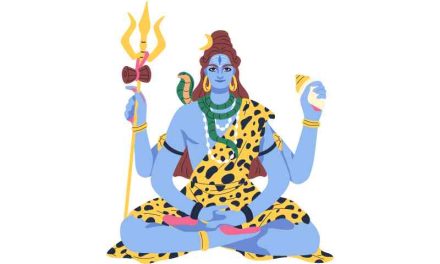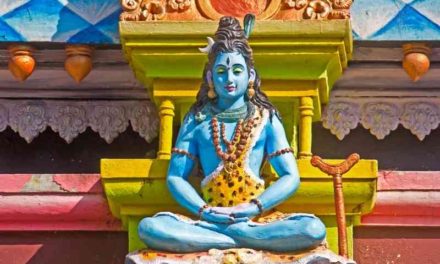The Linga Purana is one of the eighteen Mahapuranas and a Shaivism text of Hinduism. The text’s title Linga refers to the iconographical symbol for Shiva, the supreme god of destruction and transformation. The Linga Purana contains various stotras and hymns that praise and glorify Shiva, his attributes, his manifestations, his devotees, and his abodes. These stotras and hymns are meant to be recited or sung by the devotees as a form of worship, devotion, and meditation.
Some of the stotras and hymns that are found in the Linga Purana are:
- The Shiva Sahasranama. This is a list of one thousand names of Shiva, each describing a different aspect or quality of him. The names are arranged in a poetic meter and are often chanted as a mantra. The Shiva Sahasranama is said to bestow various benefits to the reciter, such as peace, prosperity, protection, liberation, and fulfillment of desires.¹
- The Shiva Ashtottara. This is a list of one hundred and eight names of Shiva, each representing a different form or function of him. The names are also arranged in a poetic meter and are often chanted as a mantra. The Shiva Ashtottara is said to confer various blessings to the reciter, such as health, wealth, happiness, success, and devotion.¹
- The Shiva Mahimna. This is a hymn that extols the greatness and supremacy of Shiva over all other gods and beings. The hymn consists of forty-three verses that describe the various deeds and wonders of Shiva, such as creating and destroying the universe, granting boons and curses, slaying demons and enemies, performing dances and sports, and bestowing grace and salvation. The Shiva Mahimna is said to please Shiva immensely and grant the reciter his favor and mercy.¹
- The Rudra Gayatri. This is an invocation to Rudra, the fierce and wrathful aspect of Shiva. The invocation consists of a single verse that addresses Rudra as the lord of the three worlds, the source of all knowledge, the destroyer of ignorance, and the giver of enlightenment. The Rudra Gayatri is said to purify the mind and soul of the reciter and awaken his inner power and wisdom.¹
- The Panchakshara. This is the most sacred and powerful mantra of Shiva, consisting of five syllables: Na-Ma-Shi-Va-Ya. These syllables represent the five elements (earth, water, fire, air, and space), the five senses (smell, taste, sight, touch, and hearing), the five actions (creation, preservation, destruction, concealment, and revelation), and the five faces (Sadyojata,
Works Cited:
(1) Linga Purana – Wikipedia. https://en.wikipedia.org/wiki/Linga_Purana
(2) Linga Purana – Vyasa Mahabharata. https://www.vyasaonline.com/linga-purana/
(3) Linga Purana – English Translation – Part 1 of 2 – Archive.org. https://archive.org/details/LingaPuranaJ.L.ShastriPart1





